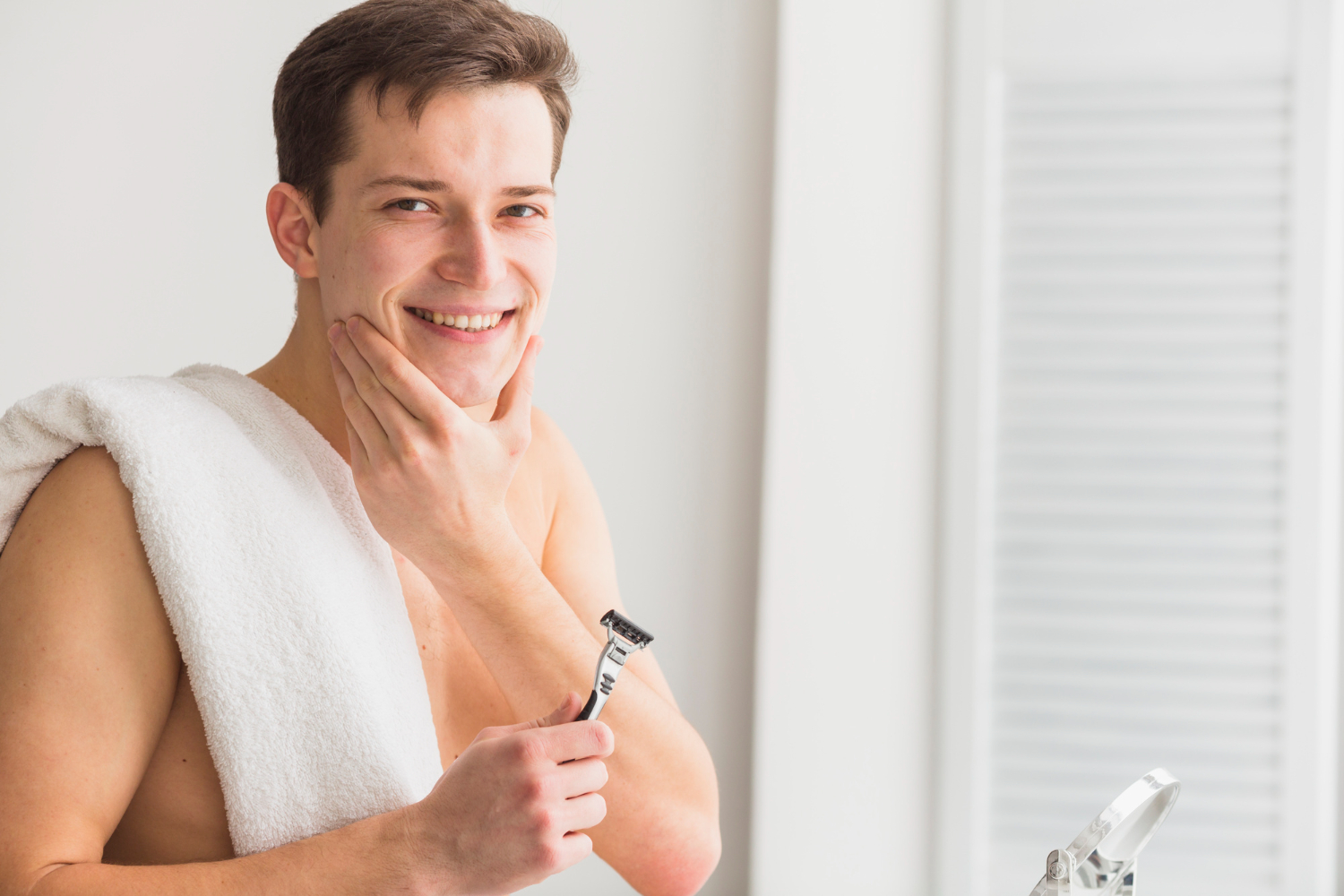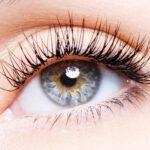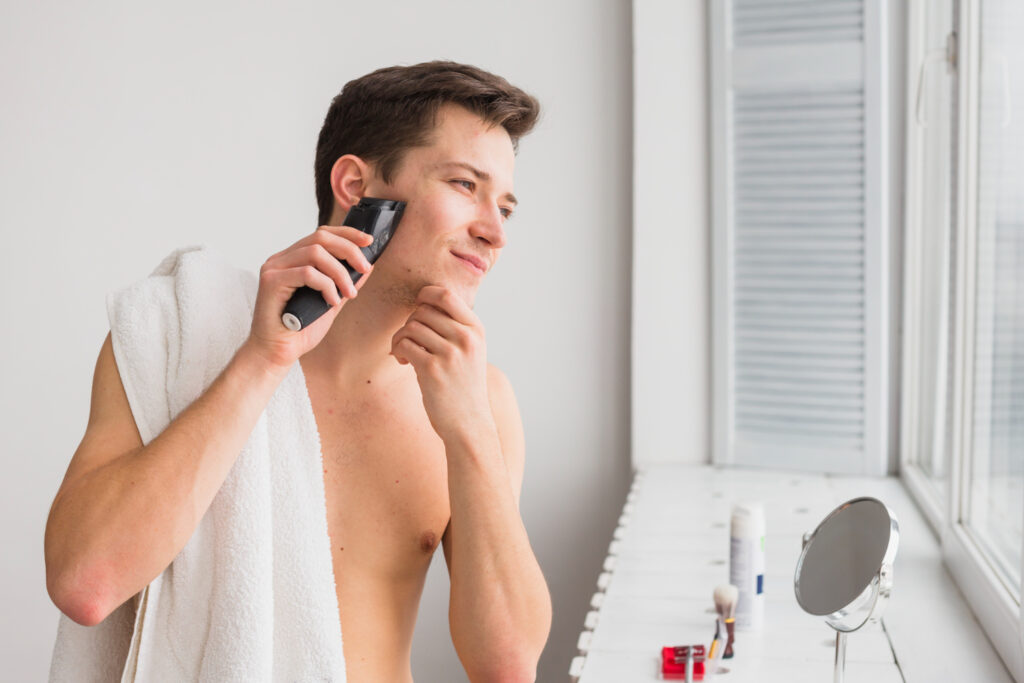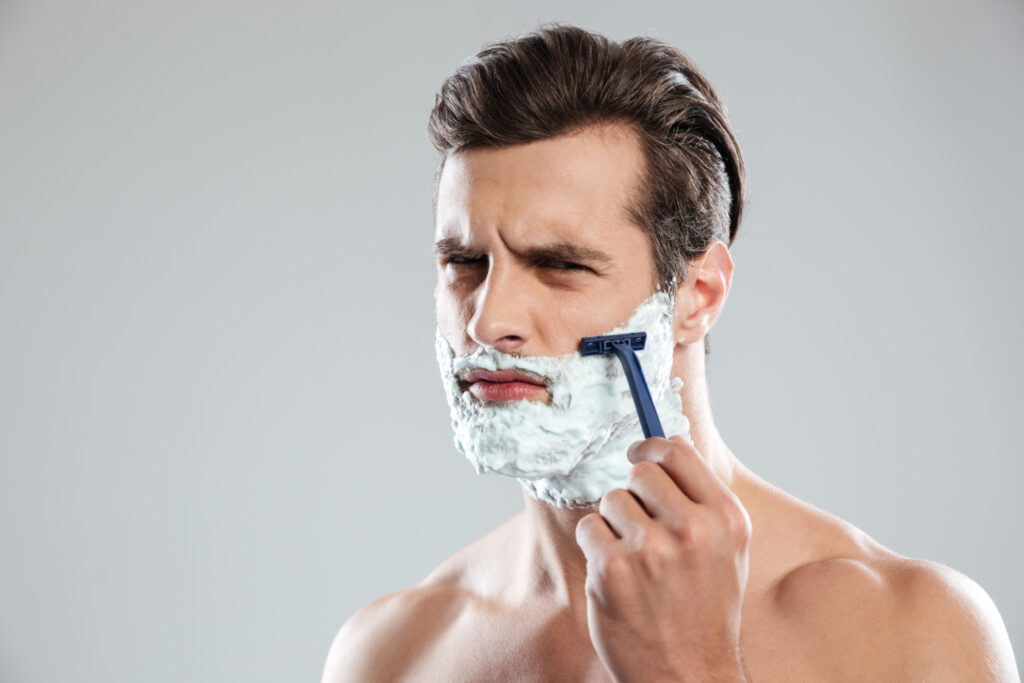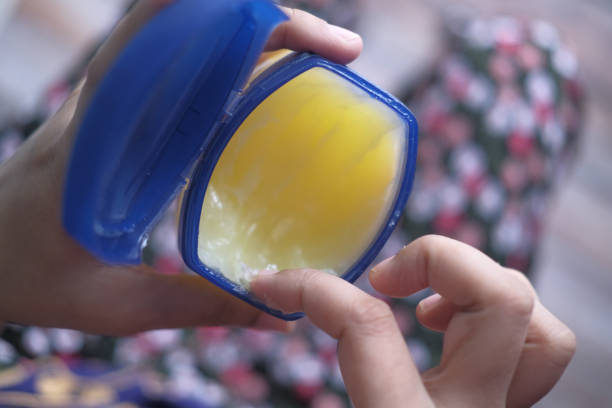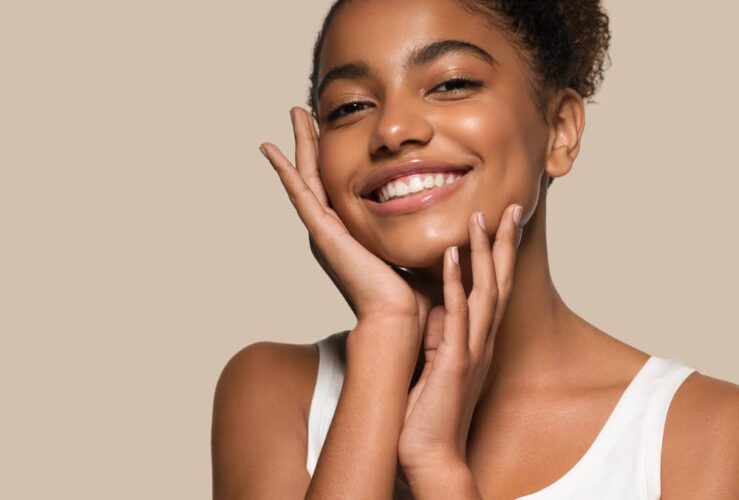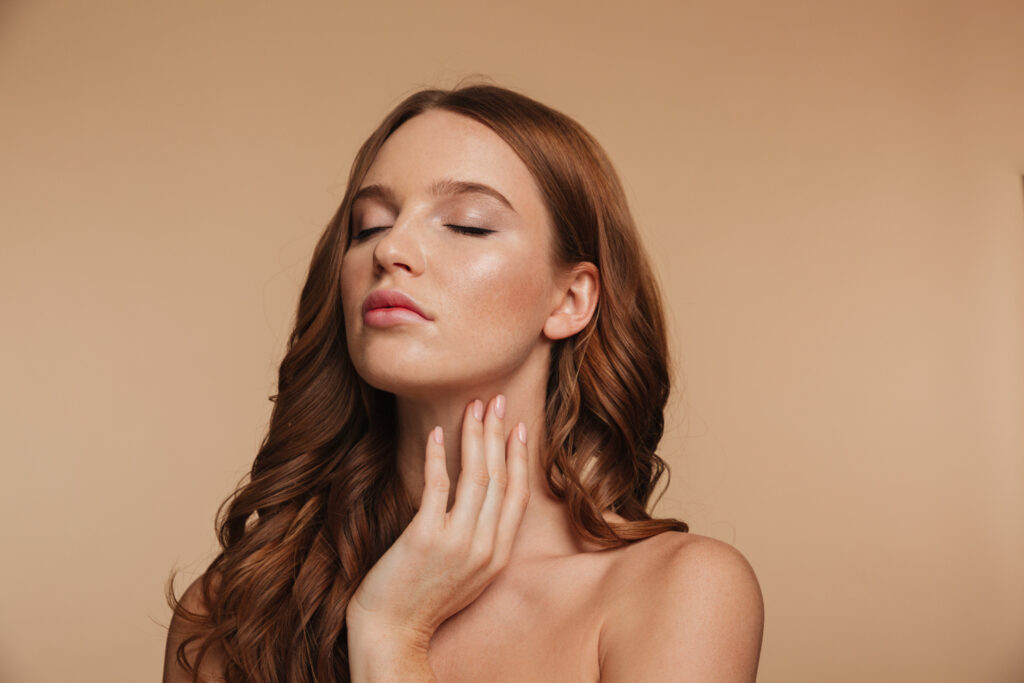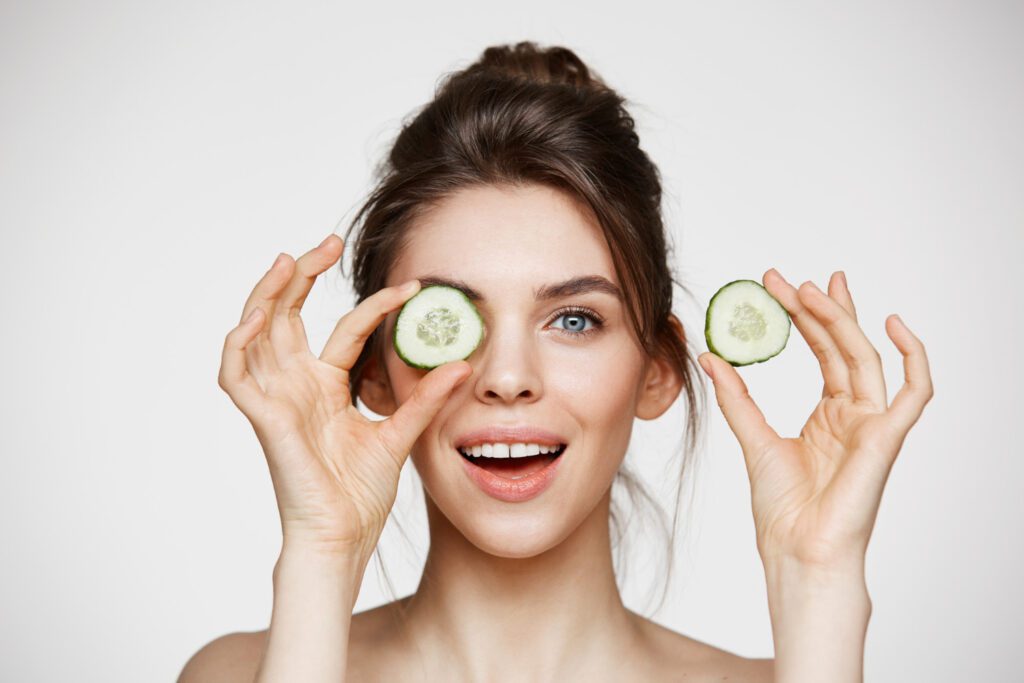When it comes to shaving, everyone has their own routine. Some people prefer to shave before showering, while others find shaving after a shower to be more effective. But which method is truly better? This article dives deep into the pros and cons of both approaches, backed by expert opinions, scientific evidence, and practical advice.
The Benefits of Shaving Before Showering.
Convenience and Efficiency.
Shaving before showering can be incredibly convenient, especially for those with busy schedules. You can shave quickly without having to wait for the shower to heat up or deal with wet skin.
Visibility.
When you shave before a shower, your skin and hair are dry, making it easier to see where you need to shave. This can be particularly helpful for those with lighter hair or when shaving intricate areas.
Reduced Water Use.
Shaving before showering can save water, as you’re not running the shower the whole time. This can be both environmentally friendly and cost-effective.
The Drawbacks of Shaving Before Showering.
Dry Skin and Hair.
Shaving dry skin and hair can lead to a rougher shave. Without the moisture from the shower, hair tends to be stiffer and skin can be more sensitive, increasing the risk of nicks and cuts.
Increased Irritation.
Dry shaving can often result in more irritation. Without the hydration from a shower, your skin might react negatively, leading to razor burn and bumps.
The Benefits of Shaving After Showering.
Softened Hair.
Shaving after a shower is highly recommended because the warm water and steam soften your hair, making it easier to cut. This results in a smoother shave and less tugging on the hair.
Opened Pores.
The heat from the shower opens up your pores, which can make shaving easier and reduce the risk of ingrown hairs. Open pores allow the hair to be cut closer to the skin, providing a cleaner shave.
Exfoliated Skin.
During a shower, dead skin cells are washed away, which can help prevent clogged pores and razor bumps. Exfoliated skin offers a smoother surface for the razor to glide on, reducing the risk of irritation.
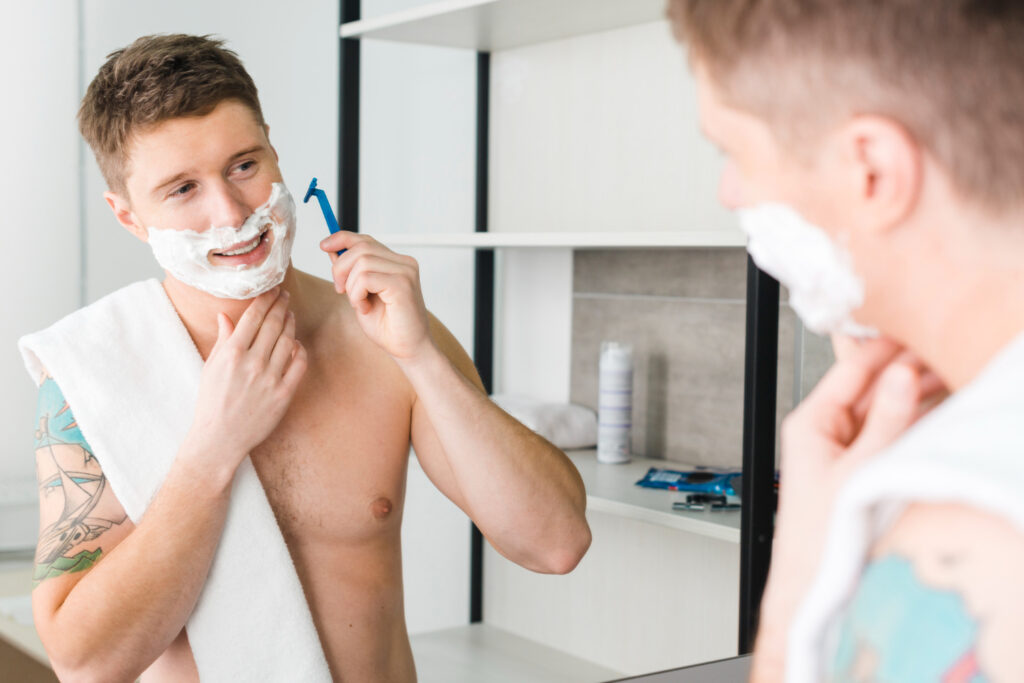
The Drawbacks of Shaving After Showering.
Time-Consuming.
Shaving after a shower can be more time-consuming. If you’re in a hurry, waiting for a shower to heat up and then shaving might not fit into your schedule.
Overhydration.
There is a possibility of overhydrating your skin, which can make it too soft and lead to an uneven shave. Overhydrated skin can also be more prone to cuts.
Expert Opinions.
Dr. Emily Roberts, Dermatologist.
“From a dermatological perspective, shaving after a shower is generally better for your skin. The heat and moisture from the shower soften the hair and open the pores, making it easier to achieve a close shave with minimal irritation. However, it’s important to use a sharp razor and proper shaving cream to maximize the benefits.”
James Harrison, Professional Barber
“As a barber, I always recommend my clients to shave after a shower. The hot water makes the hair softer and easier to cut, reducing the chance of razor burn. Additionally, post-shower shaving allows for a cleaner, smoother shave, which is what most people are aiming for.”
Scientific Evidence.
Numerous studies and dermatological advice support the notion that shaving after a shower is more beneficial for the skin. The American Academy of Dermatology suggests that showering before shaving helps soften the hair and opens up pores, which can lead to a more comfortable shave. Scientific evidence also indicates that hydrated skin reduces the risk of cuts and razor burn.
Frequently Asked Questions.
1. Does shaving after a shower really make a difference?
Yes, shaving after a shower makes a significant difference. The heat and steam from the shower soften the hair and open the pores, making shaving easier and reducing the risk of irritation.
2. Can I shave with cold water instead of hot?
While you can shave with cold water, it is not recommended. Cold water does not soften the hair or open the pores as effectively as warm water, which can lead to a rougher shave and increased risk of nicks and cuts.
3. How can I prevent razor burn?
To prevent razor burn, shave after a shower with a sharp razor and use a good quality shaving cream or gel. Shave in the direction of hair growth and avoid pressing too hard. After shaving, rinse with cool water and apply a soothing aftershave balm or moisturizer.
4. Is it necessary to exfoliate before shaving?
Exfoliating before shaving is not strictly necessary, but it can be beneficial. Exfoliation removes dead skin cells, which can help prevent clogged pores and razor bumps. If you choose to exfoliate, do so gently to avoid irritating your skin.
5. Can shaving after a shower reduce ingrown hairs?
Yes, shaving after a shower can help reduce the occurrence of ingrown hairs. The warm water opens up the pores and softens the hair, allowing for a cleaner cut and reducing the likelihood of hairs growing back into the skin.
Bottom Line.
While both methods have their own set of advantages and disadvantages, the consensus among experts and scientific evidence leans towards shaving after a shower. The benefits of softened hair, opened pores, and exfoliated skin contribute to a smoother, more comfortable shave with less irritation.
If you’re looking for convenience and have a tight schedule, shaving before a shower is a viable option. However, for the best results and healthiest skin, consider taking the extra time to shave after you’ve showered.
How we reviewed this article:
Our team of experts is always monitoring the health and wellness field, ensuring that our articles are updated promptly as new information emerges. See Our Editorial Process
Oct 22, 2025
Written By: Swathi E
Reviewed By: Precious-Rutlin
Written By: Swathi E
Reviewed By: Precious-Rutlin

 Workout
Workout
 Meditation
Meditation





 Contact Us
Contact Us



